Alexandre Vacher, General Manager of Physiodermie, is inexhaustible on the subject: prevention rather than cure?
What are the characteristics of solar radiation?
Solar rays are classified according to their wavelength: short and long waves. The longer a ray is, the deeper it penetrates the skin and the more it damages it. Short-wave rays (X-rays, beta rays, UVC and gamma rays) are dangerous but are stopped by the ozone layer. The long-wave rays that reach the earth’s surface even when it is cloudy are mainly: Ultraviolet A and B (UVA and UVB), visible light and infrared (IR).
What are the damages caused by UVA and UVB rays to our skin?
UVA and UVB rays can cause diseases such as skin cancer, but their effects are different:
- UVB: B as in “Tan” or “Burn“
Only 5% of UVB reaches the earth’s surface since it is filtered out by the ozone layer. UVB penetrates the epidermis. They are beneficial in small doses: they stimulate the synthesis of Vitamin D, trigger tanning and provoke a thickening of the horny layer that naturally protects the skin from the sun. However, an excess of UVB rays causes sunburn and can be carcinogenic (weakening of the skin).
- UVA: A is for “Age” or “Allergy”
95% of UVA reaches the earth’s surface. They penetrate the skin down to the dermis and can damage cells in the long term. They are thus responsible for skin ageing (wrinkles, sagging skin), pigmentation disorders and solar allergies (polymorphic photodermatoses). They are also often the cause of skin cancer: as UVA radiation is able to reach the deepest layers of the epidermis, they can damage DNA and promote the development of skin tumors.
What does SPF stand for in sun care?
Various indications can be found on your suncare products, such as SPF, FPS or IP. These abbreviations actually have only one meaning: it is the Sun Protection Factor in English, or Facteur de Protection Solaire and Indice de Protection in French. This is the index that represents the level of UVB protection of a suncare product: the higher it is, the higher the photoprotective action. The SPF is indicated by a number on the product. The abbreviation SPF is regulated: whether organic or not, all suncare products undergo tests before being marketed. They aim to check that the product does indeed play its protective role against ultraviolet rays and to quantify its protective power (SPF value).
How does the protection index system work?
The SPF indicates the effectiveness of the sun product and corresponds to a multiplication factor of the time it would take for a sunburn to occur without protection: with an index of 30, it would take 300 (30×10) minutes to get a sunburn, which one would have had in 10 minutes without protection. However, this remains very theoretical and it is important to choose your protection factor according to exposure and skin type, and to repeat applications of the sun product regularly.
Sunscreens are grouped into 4 SPF levels: Low (6 to 10), Medium (15 to 25), High (30 to 50) and Very High (50+).
How is sun protection provided?
Sun care products derive their effectiveness from the sunscreens in their formula. They can only contain those authorized by the cosmetic regulations (about thirty), because their effectiveness is recognized. There are two types:
- Organic or chemical filters that absorb ultraviolet rays. They are prohibited in certified organic cosmetics and can cause skin reactions (irritation, allergy, etc.) and pollution issues.
- Mineral filters that reflect and disperse UV rays like a mirror, preventing them from penetrating the skin. Two mineral filters are used: titanium dioxide and zinc oxide.
- New generation filters are chemical and capable of absorbing and reflecting the harmful part of the solar spectrum, which includes UVB and UVA.
UV rays pass through clouds and even through windows as far as UVA rays are concerned! So be careful all year long, and not only during the summer. Without a filter, the cells attacked during the day will have to work harder to regenerate in the evening and the face marks faster.
What is the usefulness of an SPF treatment applied for everyday use?
Thus, applying a protective care in the morning is a way to fight against premature ageing of the skin due to the sun. Do not hesitate to repeat applications regularly for more protection, especially in case of long-term exposure.
Adopt this ritual as early as possible as it is the first of the anti-ageing actions!

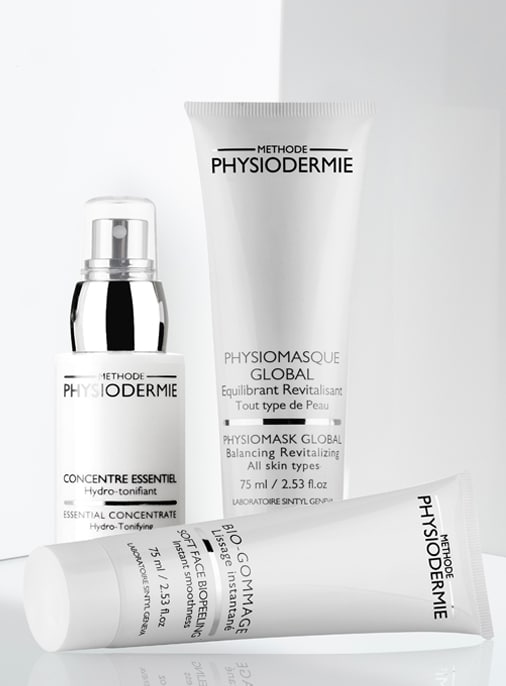
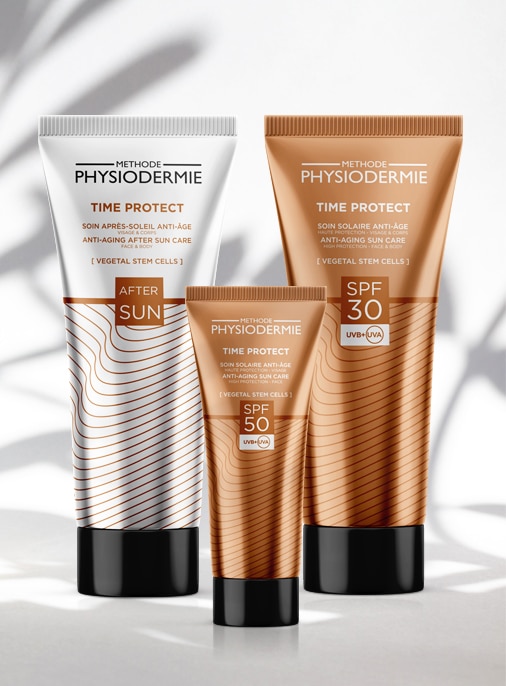
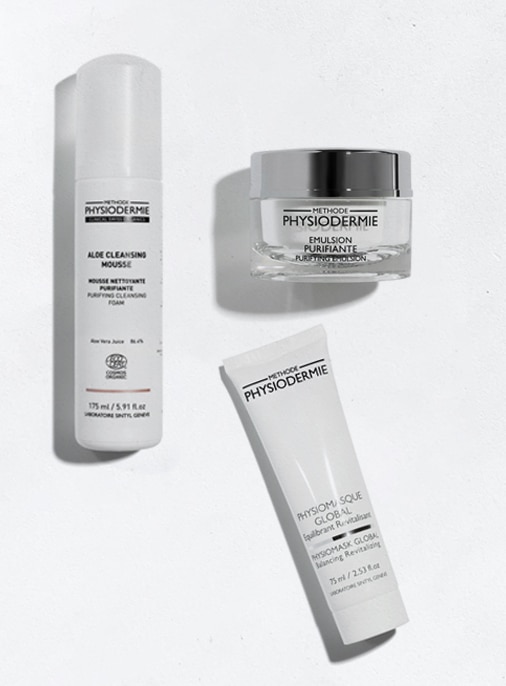
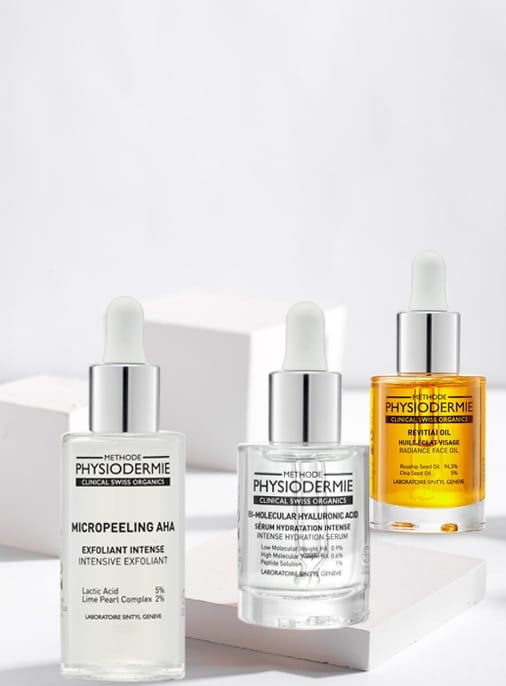
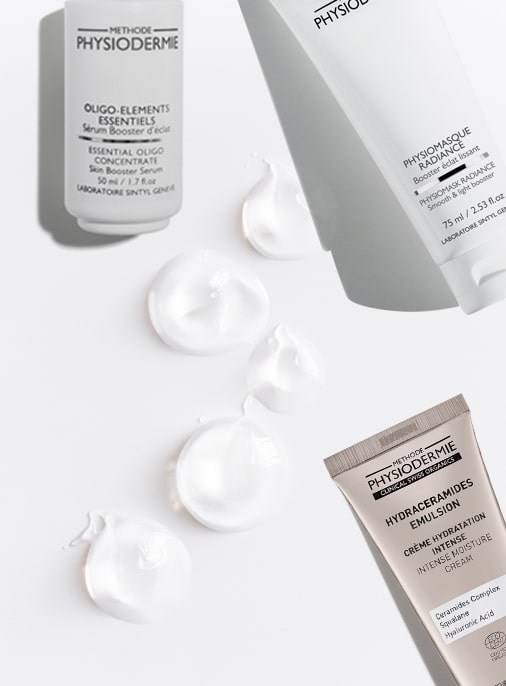
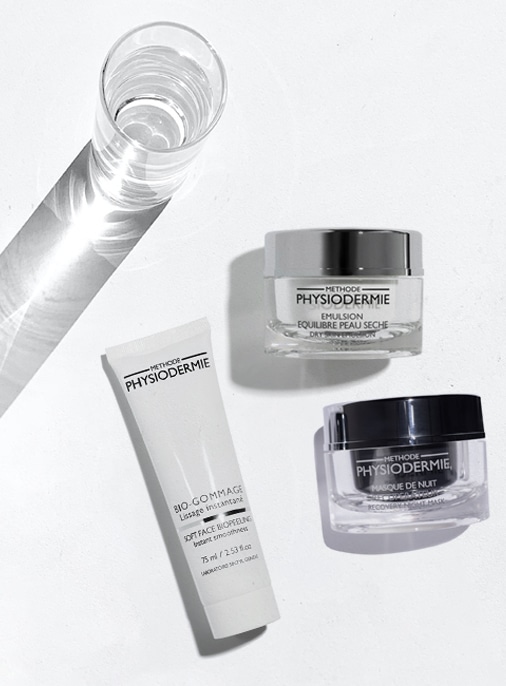
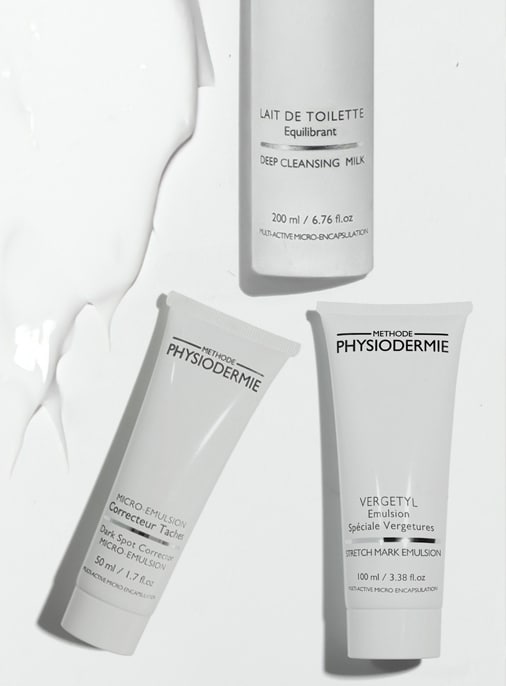
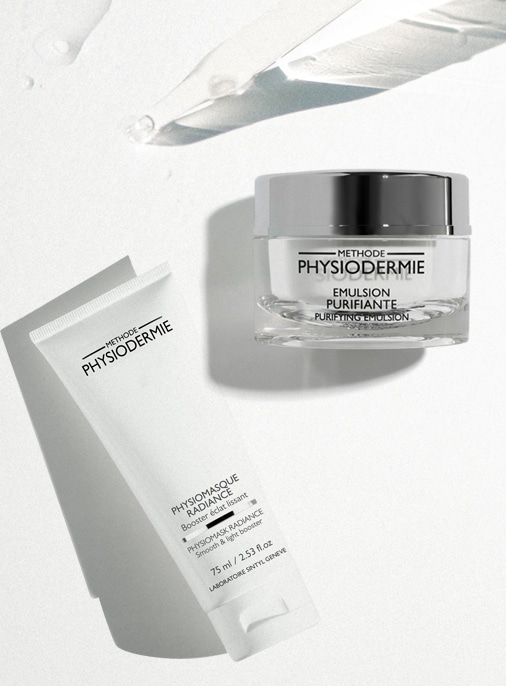
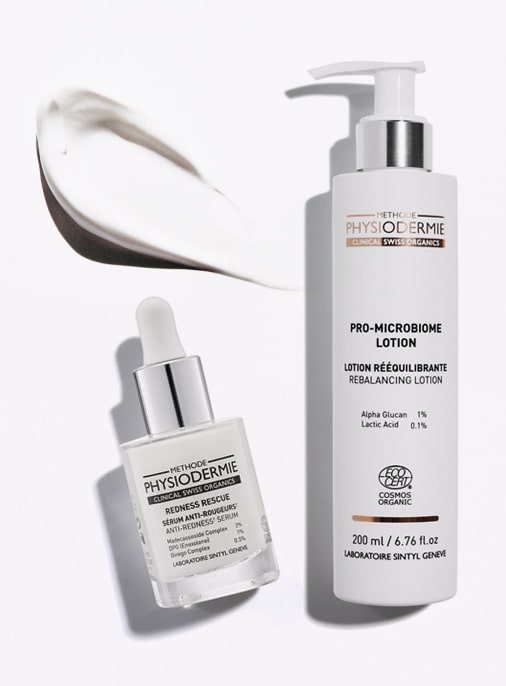
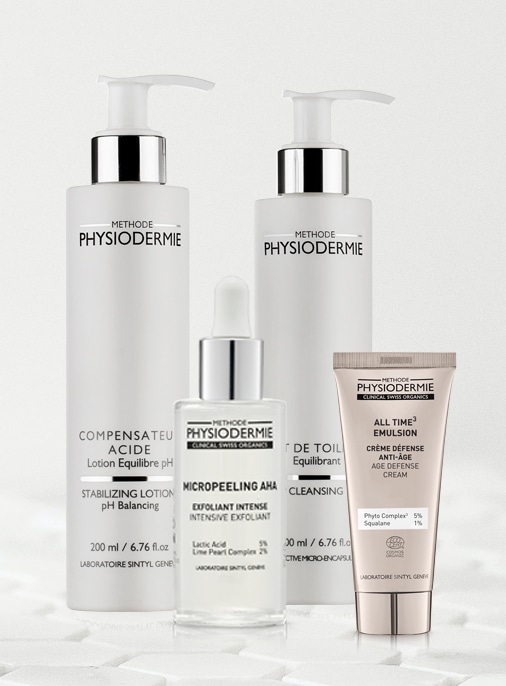
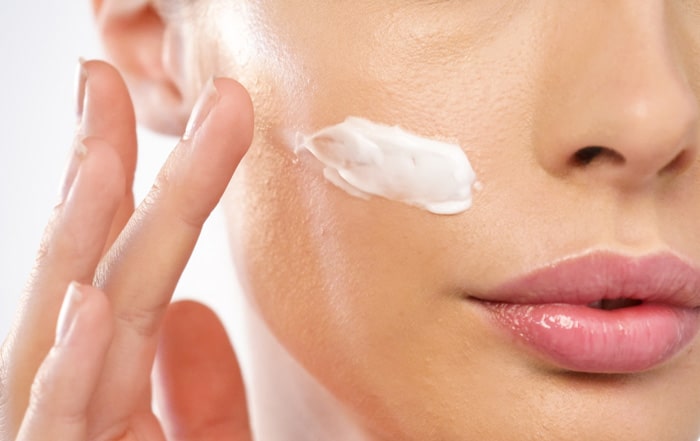
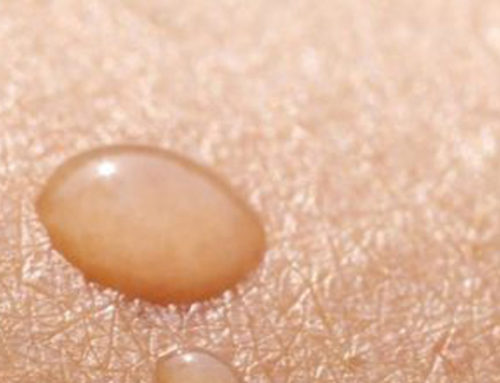
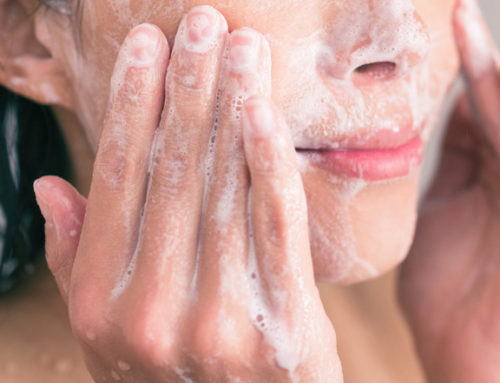
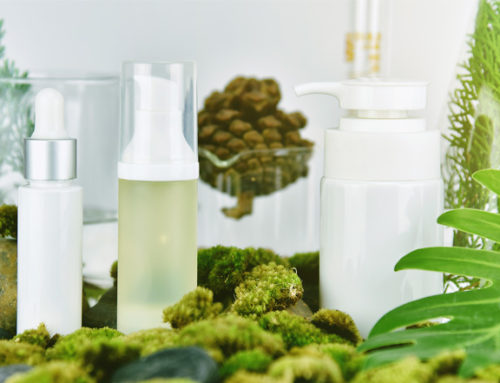

Leave A Comment